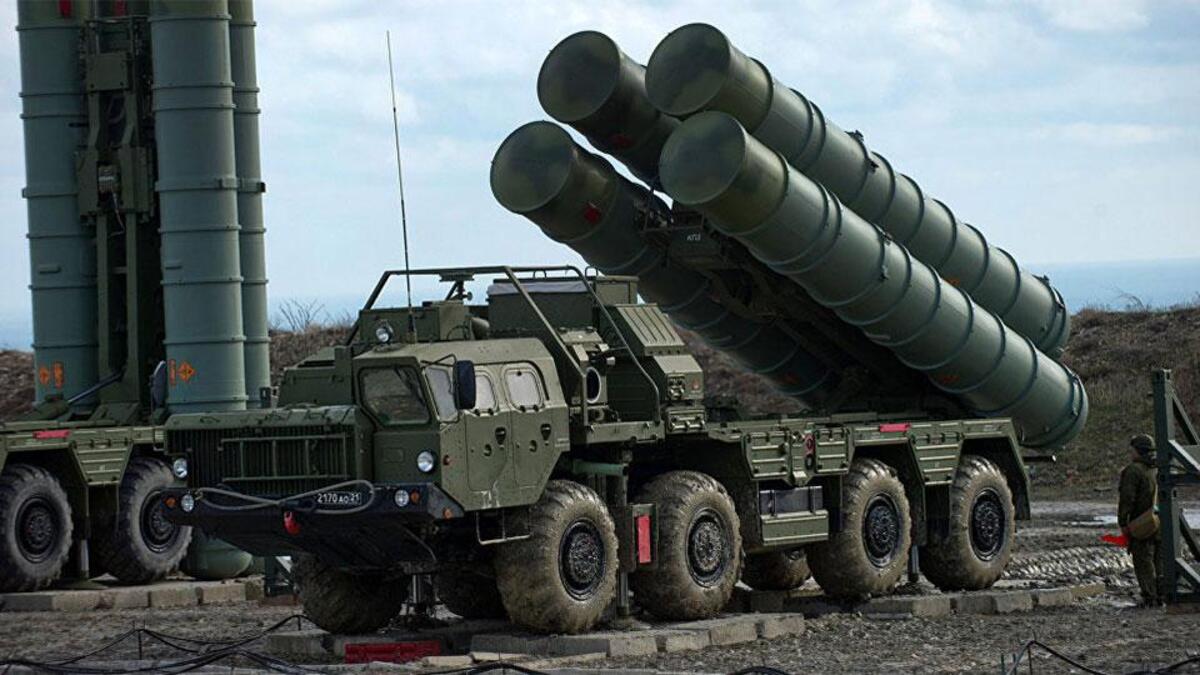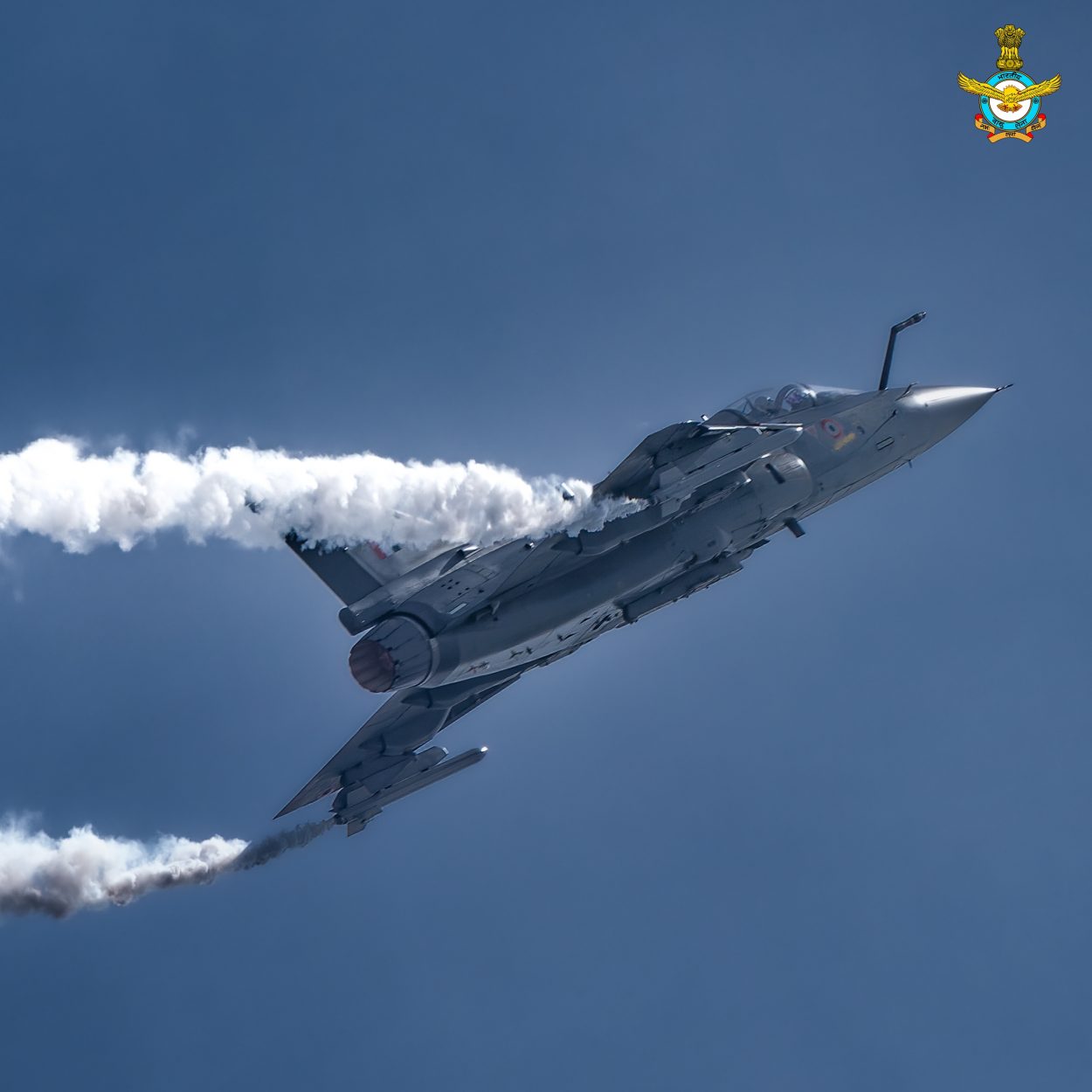The Indian Air Force (IAF), like the rest of the world, has noted that since the beginning of the Russia-Ukraine war, Kyiv’s missiles are all that stand between the Russian Air Force and control of Ukraine’s skies.
In 2023, the number of surface-to-air missile (SAMs) units in the IAF has surpassed the number of fighter jet squadrons in its fleet, although not by design.
The dwindling fighter jet squadrons have been a concern for the force. A representative of the IAF had told a Parliamentary Standing Committee on Defense in 2023 that the force has 31 fighter jet squadrons against the sanctioned strength of 42.
With its acquisition process beset by a slew of delays, the representative maintained that the number of fighter jet squadrons is likely to go down further by 2029, and by 2030 the air force will likely have 29-30 squadrons.
Contrary to this, public sources indicate that the IAF presently has nearly 50 units of SAMs of various ranges. The IAF has Russian-built Pechora (SA3-Goa), OSA-AK, and Igla; S-400 air defense system and Medium Range Surface to Air Missile (MRSAM) made with the help of Israel; and indigenously-built Akash
Air Marshal PK Barbora, former Vice Chief of the IAF, told the EurAsian Times: “In the Ukraine-Russia war, both sides have managed to shoot down aircraft using some form of AD weapons. SAMs are indeed important weapons in the inventory and will play a major role in the wars to come.”
In the Russia-Ukraine war, the footage of air operations has been limited to carefully curated cockpit footage or footage shot from the ground about an aircraft flying past or sometimes being engaged by SAMs.
A research paper by Justin Bronk, an air-warfare specialist with the Royal United Service Institute (RUSI) think tank in Britain, said: “The effective employment of these systems by Ukrainian forces has denied Russia air superiority over Ukraine and continues to force the VKS (Russian Aerospace Forces) to operate very cautiously near the front lines. Despite the overall mismatch in force ratios in favor of the VKS in the air domain and the Russian ground forces on land, the scale of the SEAD/DEAD challenge for the VKS is significant.”
Ukraine’s ground-based SA-11, SA-8, and S-300 SAMs forced Russian aircraft to fly low inside the shoulder-fired man-portable air defense systems (MANPADS) threat envelope, allowing Ukraine to deny its skies to Russian fighter jets.
The implication of how the warfare has progressed in Russia has not been lost on India. The change in the fleet strengths of the IAF has come about due to delays in the acquisition of fighter aircraft. But it came about as the IAF, learning its lessons from the protracted war, brought changes to its doctrine, underscoring the important role SAM has in future warfare that will be more asymmetric and hybrid.
Two distinct but complementary operations form part of Counter Air Operations towards Control of Air. These are Offensive Counter Air (OCA) and Air Defense operations. AD operations are inextricably linked to Offensive Counter Air Operations. The success or failure of one will affect the requirements and execution of the other.
IAF Doctrine Recognizes Game-Changing Capabilities Of SAMs
The IAF’s Air Defense philosophy is premised on layered area defense with the potential to engage enemy aircraft even before they enter India’s airspace.
Thus, air superiority fighters equipped with air-to-air missiles form the first layer of ADC. Surface-to-Air Guided Weapons (SAGW) are the second; close-in weapon systems and anti-aircraft artillery guns provide the inner AD cover.
The IAF Doctrine 2022 notes: “Control of the air is a priority as it is vital for the execution of the overall military strategy. This permits its own air and surface forces to operate more effectively in the battlespace and denies the same to the enemy.” To do it, the Indian Armed Forces are working towards an Integrated Air Defense System (IADS).
“The IADS includes all air and surface AD weapon systems deployed with an offensive outlook. This enables effective engagement of enemy aircraft, ballistic/cruise missiles, and aerial weapons before it can affect its forces. AD fighters, LRSAMs, MRSAMs, SRSAMs, and CIWS (Close-In Weapon Systems) systems of all services should be networked to create an integrated AD zone. IADS will normally consist of two complementary components, fighter aircraft, and surface-to-air defenses,” the doctrine notes.

The surface-to-air defenses allow “a state of high readiness” over prolonged periods and enable swift response. To add to it, they can be used to counter ballistic missiles as well. “A well networked, integrated area defense capability will ensure the protection of high priority targets by multiple weapons providing defense in depth,” the doctrine postulates.
India faces expanded security challenges as Hybrid Warfare has blurred the lines between war and politics, combatants and civilians. Hybrid Warfare makes the spectrum of war “nebulous” as it is a war in which one of the major participants is not a State but rather a violent non-state actor or non-state actor sponsored by a State.
Code Red For The Indian Air Force
The dwindling strength of fighter jet squadrons has caused worry to the top leadership of the IAF. In October 2022, IAF Chief Air Chief Marshal VR Chaudhari underscored the lack of assets as a major impediment to effectively performing its designated tasks.
“With the given numbers, it may not be possible to maintain a 24/7 combat air patrol or an air defense watch from Sir Creek to Siachen and further to the East…. Based on the current situation, as per the mandate given to the IAF, we must build up the numbers.”
Presently the IAF has 31 fighter squadrons, and most of its squadrons will be phased out in the next decade and a half. Experts put that the strength of 31 is just on paper. In reality, the number is lower due to serviceability issues.

The present inventory of the IAF is made of a majority of Russian twin-engine Sukhoi Su-30MKI, followed by twin-engine Anglo-French SEPECAT Jaguar strike aircraft, Russian MiG-29 twin-engine, multirole fighter, Soviet-era MiG-21 Bison and French Mirage-2000s.
The squadrons of MiG-21 Bisons and MiG-29s are likely to be phased out by 2025 and 2035, respectively. The French fighter jets, which conducted the Balakot Strike against Pakistan in 2019, are also expected to retire from service by 2035. Meanwhile, the Force has its newly inducted French Rafale fighter jets.
“If we need to maintain our sanctioned strength, we need to plan well ahead. After all the aircraft enter service 7-8 years after a deal is signed,” Air Marshal Barbora added.
The IAF Chief has tried to assuage concerns about the fighter jet’s strengths by saying that efforts were underway to procure the 4.5-generation 114 multirole fighter aircraft (MRFA). RFI has been issued, and the IAF has analyzed all the responses from the OEMs.
The OEMs have been asked to ensure all ‘Make in India’ provisions are adhered to. With all these inductions of around six squadrons of LCA Mark 2, AMCA, and MRFA, we will be at 35 to 36 squadrons by the middle of the next decade.
- Ritu Sharma has been a journalist for over a decade, writing on defense, foreign affairs, and nuclear technology.
- She can be reached at ritu.sharma (at) mail.com




